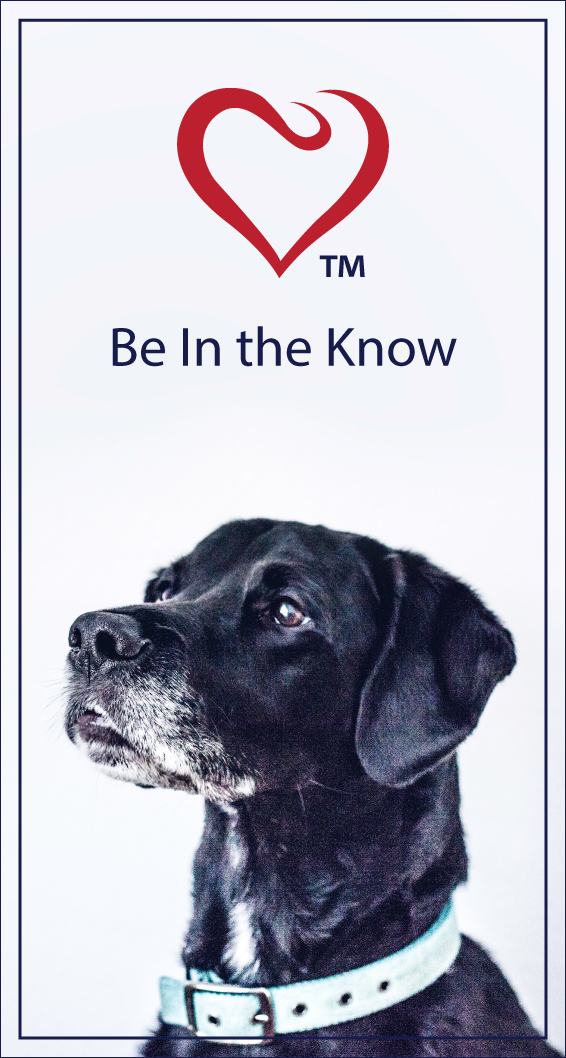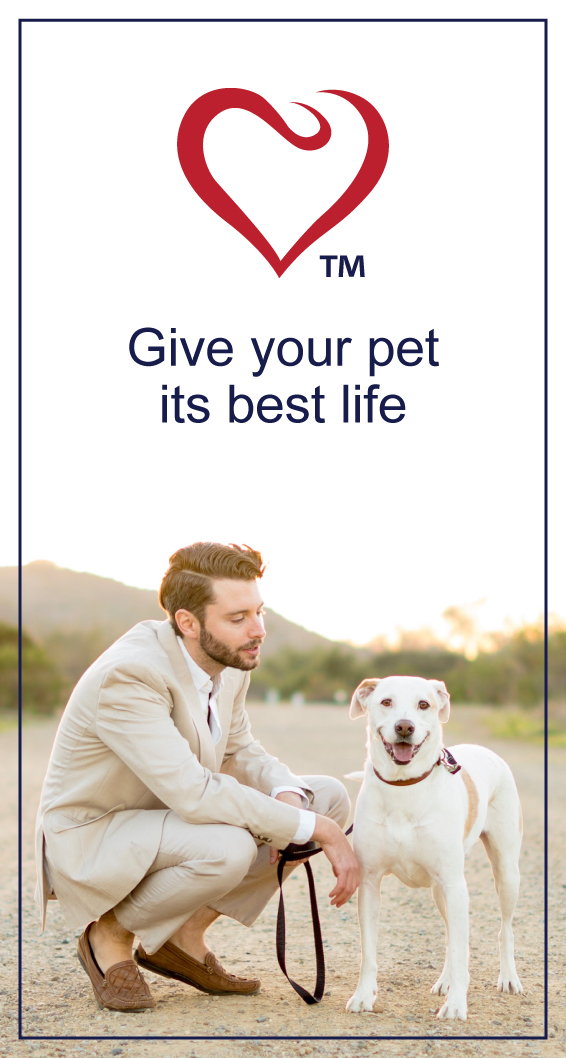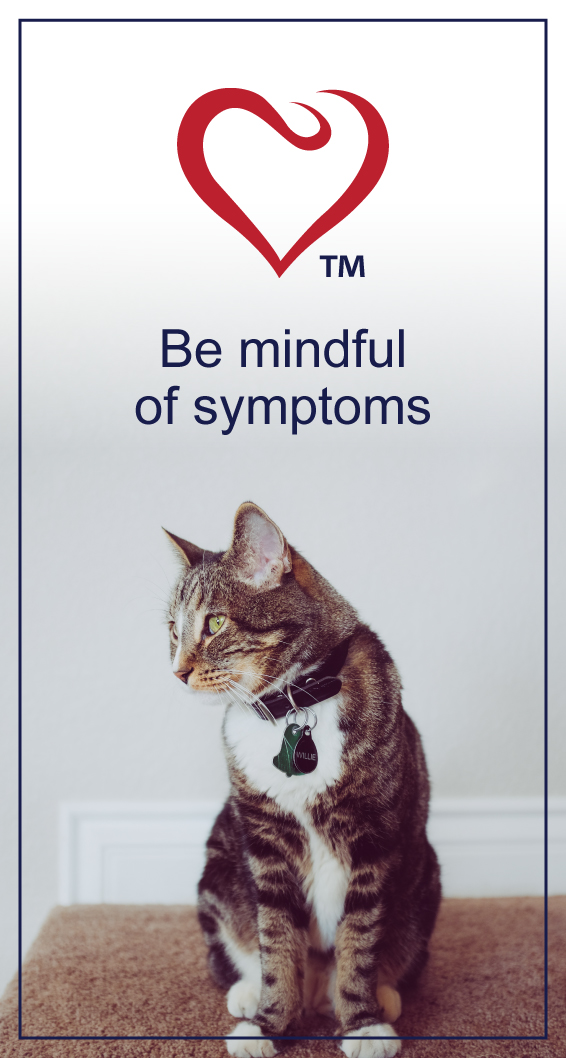HEALTH & WELLNESS

TRENDING

We’re excited and honoured to feature South Africa’s second largest independent animal welfare organisation on PetlifeSA.
Epilepsy in Dogs

Not everyone knows that dogs can suffer from epilepsy. Find out everything you need to know about epilepsy in dogs.
WHAT IS EPILEPSY?
A seizure is the result of ‘explosive’ electrical activity in the brain. Epilepsy is the term used for repeated seizures.
WHAT HAPPENS DURING AN EPILEPTIC SEIZURE?
There are different types of seizures and, just like humans, not all dogs react the same when experiencing one. A seizure can be mild, for example manifesting as a lip twitching; or it can be more serious: falling to the floor and jerking around uncontrollably. It’s difficult to watch, but dogs are usually not in pain during a seizure and unaware of what’s happening (even if their eyes are open). They won’t feel great after a seizure, so continue reading to find out how you can help them.
UNDERSTANDING YOUR DOG’S EPILEPSY
There are two types of epilepsy:
- Primary (idiopathic): more common; no underlying causes; dogs are generally healthy otherwise
- Secondary (symptomatic): usually caused by a structural lesion of the brain, for example a brain tumor or vascular accident
Usually primary epilepsy is more common in the following purebred dogs, aged one to five years:
Vizslas | Boxers | Beagles | Poodles | Irish Setters | Dachshunds | German Shepherds | English Springer Spaniels | Labradors & Golden Retrievers
There’s no specific test to diagnose primary epilepsy, however, your veterinarian can examine your dog, perform blood tests (to rule out secondary epilepsy) and interpret your description of what happens during your dog’s seizure. Some veterinarians may even suggest an MRI.
MAKING SENSE OF SEIZURES
A seizure often has three phases, but remember that not all dogs are the same.
Look out for some or all of these changes:
Before a Seizure: Phase 1
- Unsettled: pacing, licking of the lips
- Heightened anxiety: whining, barking or hiding
- Excessive bodily functions: salivating or urinating
During a Seizure: Phase 2
- Making sounds
- Passing urine or faeces
- Faster, heavier breathing
- Stretched out, rigid legs; jerking or paddling movements
- Stiffening of muscles; falling to the floor on one side (with head back)
After a Seizure: Phase 3
- Your dog may not move immediately after a seizure
- The next couple of minutes to days you may see disorientation and staggered walking; temporary loss of sight; excessive hunger and thirst; uncontrolled bowel and/or bladder activity
HOW CAN YOU HELP YOUR DOG?
Firstly, whether you start noticing the signs, or realise your dog is already having a seizure, stay calm. Next do the following:
- Try to prevent injury (move objects out of the way) and don’t:- try to hold his/her head
– remove his/her tongue - If possible, remove/block/switch off things that are stimulating to the senses (TV, artificial and natural light, music playing devices, other pets, children)
- Time the length of the seizure: if it’s 5 minutes or longer or happens more than once in 24 hours, contact your veterinarian immediately
- To help your veterinarian identify patterns and recommend treatment, keep a seizure diary
- During recovery, don’t move your dog, just keep an eye on him/her
Related Articles













